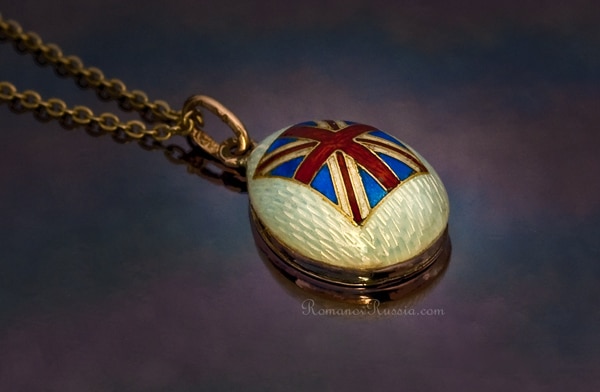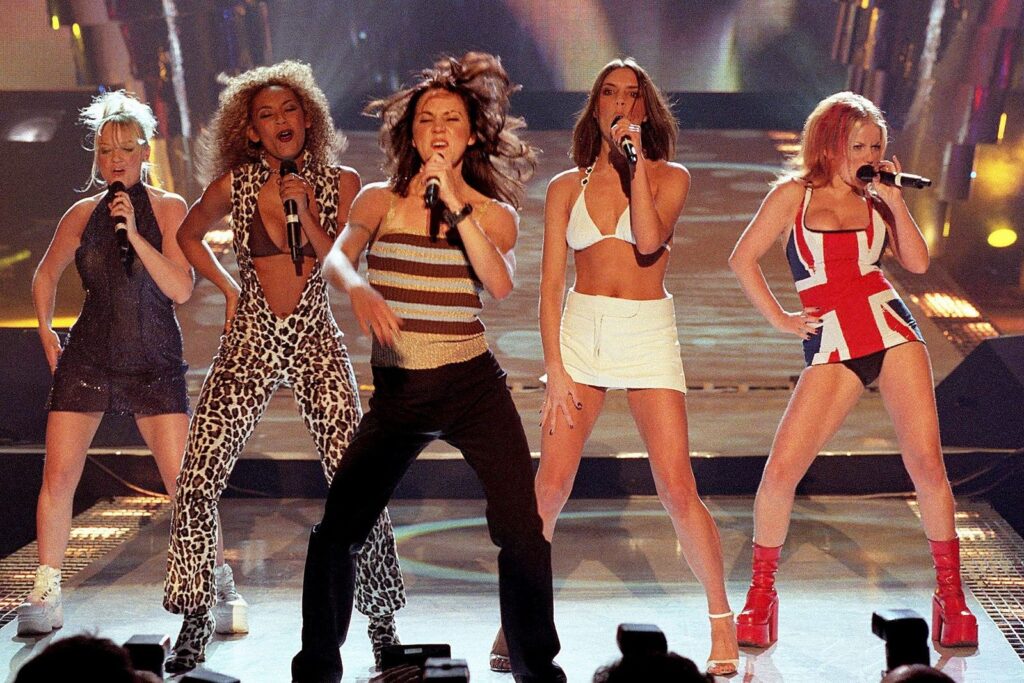
The most expensive item of clothing ever sold from a pop star’s wardrobe was stitched from a tea towel. This fun fact was revealed by Geri Halliwell of the Spice Girls, who wore the now-iconic dress. The fashion item even earned a spot in the Guinness Book of World Records.
«It was a normal black dress. It was a Gucci dress,» Halliwell recalled during «The Scott Mills Breakfast Show» on BBC Radio 2 on April 16. It was so plain, she said, that she decided to customize it with a British flag. The solution came from the kitchen: a tea towel printed with the Union Jack. Soon, her sister Natalie was stitching the flag to the front of the designer dress.
Such a scenario would be nearly impossible in Kazakhstan. And not because local celebrities don’t wear Gucci, plenty do. The issue lies with the flag itself: Kazakhstani legislation prohibits the direct use of national symbols on clothing, bed linens, napkins, and even tea towels.
Interestingly, similar legal restrictions exist in the U.S. Yet American designers continue to incorporate the Stars and Stripes in full or in fragments across a range of apparel and accessories. In Norway, there are also restrictions, but that hasn’t stopped Italian brand Napapijri from adopting the Norwegian flag as its visual identity.
In Kazakhstan, designers must tread carefully. Rather than openly featuring elements of the national flag or emblem, they often rely on subtle references. Kursiv.media explores how different countries regulate the use of national symbols in fashion and jewelry.
Kazakhstan
Legislation: According to Article 458 of Kazakhstan’s Code of Administrative Offenses, unauthorized use of the national flag, emblem or their likeness is punishable by a fine equivalent to about $328.
In March 2025, Kazakhstan’s internet space was stirred by a photo featuring four women dressed in Muslim attire holding the country’s flag. Public outrage stemmed from the flag having inscriptions in Arabic. A criminal case under the article on abuse of state symbols was initiated following the photo’s circulation on social media. Under Article 372 of Kazakhstan’s Criminal Code, abuse of the national flag, emblem or anthem is punishable by a fine, community service or imprisonment.
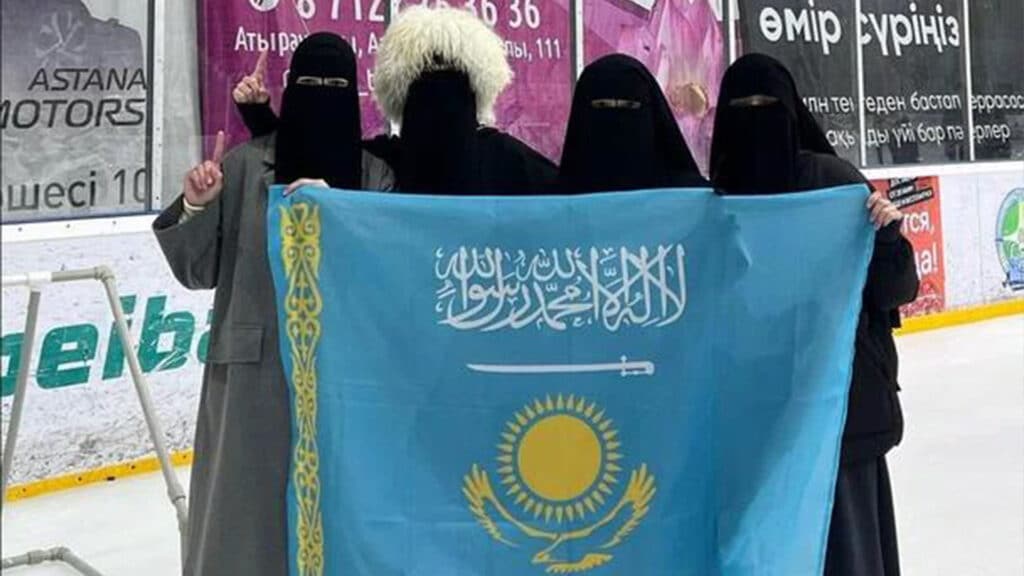
Clothing: Despite the ban, several online marketplaces — including Ozon.kz, Satu.kz, Kaspi.kz and Aliexpress.ru — offer a wide range of T-shirts featuring the flag or emblem in various styles.
However, most of these items are manufactured in Turkey, Russia or China. Domestic brands generally avoid using state symbols unless they have official permission to do so. In 2021, after Kazakhstan’s Olympic team made a fashion splash in Tokyo, designer Salta received widespread interest in her sport-casual uniforms. The brand’s official Instagram account, @salta_addict, soon announced that pre-orders were open on their website due to high demand.

The limited-edition tracksuit collection by Salta sold out quickly. Not everyone who wanted one was able to get their hands on the stylish pieces, which featured national motifs and state symbols incorporated in a subtle, organic way.
Jewelry: The situation is similar in the jewelry industry – state symbols are used, but rarely by Kazakhstani jewelers. One online store, described as a «workshop of Turkish handmade jewelry,» promotes a silver set with Kazakhstan’s emblem as «a true find for both aesthetes and patriots.» The set, which includes a ring and a pendant adorned with blue enamel, is priced at $165. For that price, you can wear the state emblem of Kazakhstan on your finger or chest. The same workshop also sells a ring featuring the coat of arms of the Ottoman Empire, for a higher price.
The United States
Legislation: The U.S. Flag Code was adopted in 1923 and became federal law in 1943. It outlines specific restrictions on the treatment of the flag. For instance, the flag should never touch the ground, be worn as apparel, used in advertising or displayed upside down (except as a distress signal). It also must never have drawings placed upon it, nor should it be altered or used as drapery.
The Flag Code explicitly states that the flag image should not be placed on clothing, except for specific cases like military or patriotic uniforms.
Clothing: Despite the established guidelines, many American fashion brands continue to feature the Stars and Stripes in their designs, albeit with artistic liberties to avoid direct infringement. One prominent example is Tommy Hilfiger. The brand’s official website currently sells an Intarsia Flag Sweater that appears to replicate the U.S. flag. However, on closer inspection, it includes only 13 stars rather than 50, and the red stripes at the top and bottom are shortened.
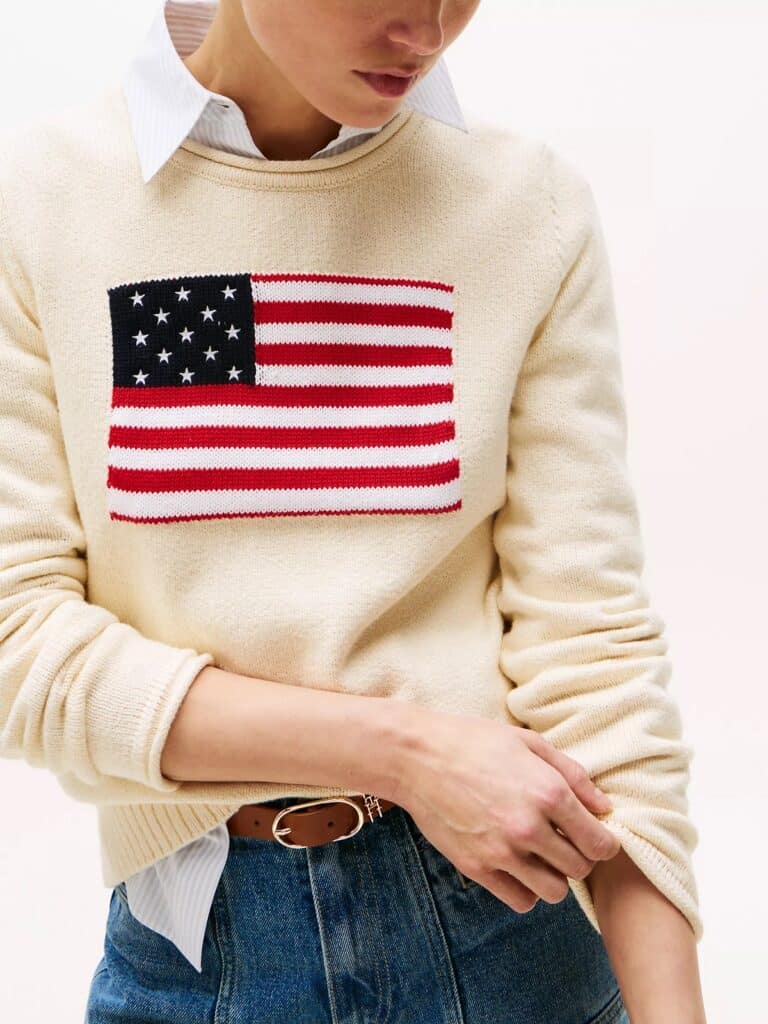
These design modifications were likely intended to skirt legal restrictions while maintaining patriotic appeal.
Other brands employ even more creative liberties. Take, for example, a hoodie from the streetwear label Supreme, which features an eye-catching design full of stars and wavy stripes in the classic red, white and blue palette. These hoodies are especially popular on resale platforms like eBay, where they continue to fetch high prices.
Jewelry: Tiffany & Co., one of the most famous American jewelry houses, has repeatedly turned to the national flag in its 188-year history. It’s no wonder, as the flag’s colors — blue for sapphires, red for rubies and white for diamonds — seem specially created for precious jewelry. This is how a brooch strictly repeating the flag’s shape is made: the flagpole and twisted halyard are crafted from 18-karat yellow gold, diamonds weighing a total of 3.72 carats, rubies about 4.34 carats and sapphires about 1.68 carats.
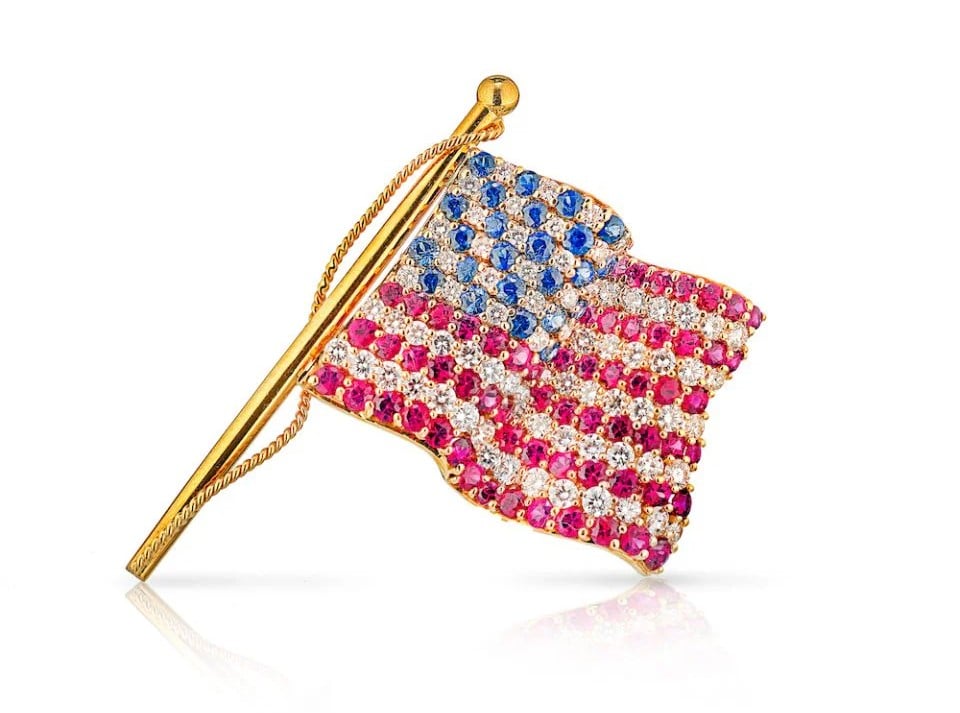
However, as Tiffany & Co.’s experience shows, American flag colors can be reproduced in jewelry not only with precious stones. Tiffany also uses colored enamel in bracelets, cufflinks and pens, which are also very attractive.
The United Kingdom
Legislation: Almost anything is possible as long as it looks decent. Among the rare prohibitions are covering tables or seats. Therefore, the Union Jack is happily used by a variety of brands globally, and, most importantly, it works.
Clothing: The Union Jack first appeared on the catwalk thanks to Vivienne Westwood. However, the «grandmother of punk fashion,» as she would later be called, did not treat the state symbol with any special piety. In her 1970s version, the British flag appeared on torn T-shirts.
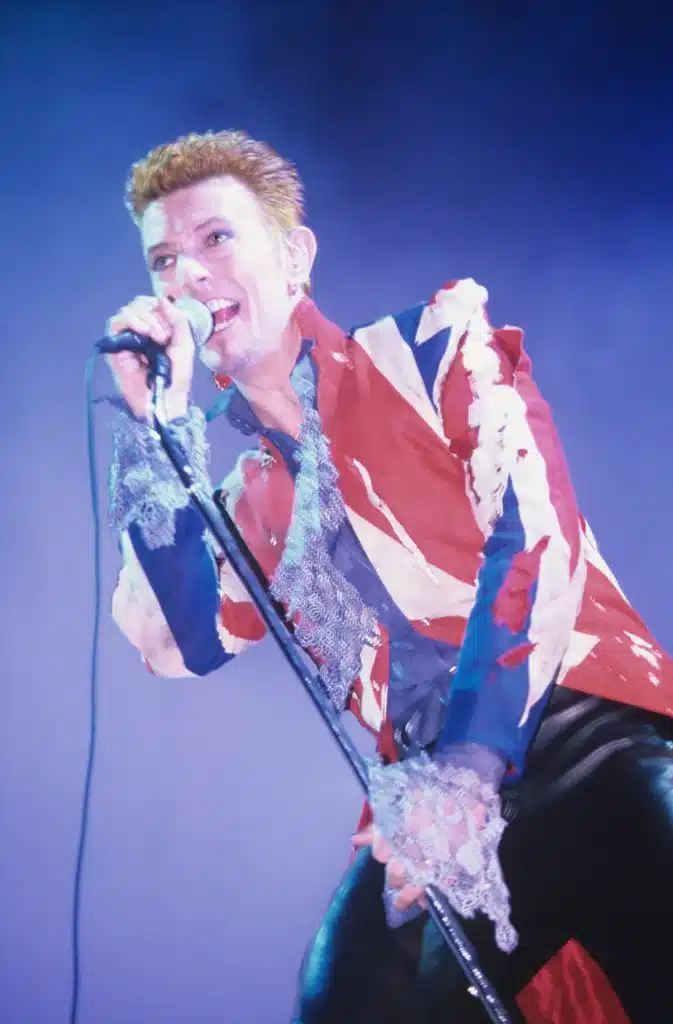
Then it was Alexander McQueen’s turn. The great dissident of high fashion created a frock coat from a giant British flag for David Bowie’s 1996 tour, dedicated to the release of his 21st studio album «Earthling.» This time, the state symbol was not torn but faded.

Just a year later, the Spice Girls performed at the Brit Awards opening, where Geri Halliwell wore that very dress by Gucci, «customized» with a tea towel featuring the Union Jack, and made a splash. The next day, it was on the front pages of all major periodicals. In 1998, the singer put the dress up for auction at Sotheby’s: with an estimated value of £12,000, it sold for £41,320. Halliwell donated the money to charity, and the dress was included in the Guinness Book of World Records as the most expensive item from a pop star’s wardrobe sold at auction.
Jewelry: With such a background, the British flag continues to inspire jewelers worldwide. Notable examples include a Faberge egg pendant made during World War I (gold, silver and enamel) and a charm pendant for Pandora bracelets — a heart-shaped Union Jack (silver, enamel).
